The first step to enjoying a great piece of beef is being able to identify a great piece of beef on sight.
So how do you compare one to another? It’s all in knowing what to look for.
To answer the call, the U.S. Department of Agriculture (USDA) has a system by which beef lovers can see and choose the best in its class: the USDA Quality Grading System.
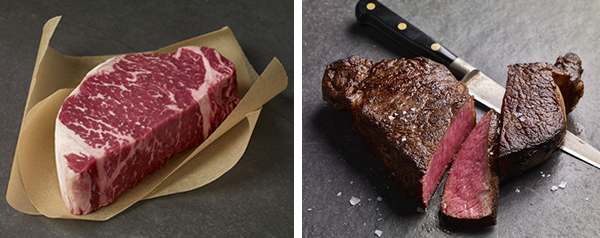
Marbling is the Key
The USDA’s system includes 8 grades by which beef is judged against 3 criteria: flavor, tenderness, and juiciness. And the key to optimizing each of those criteria is the density of marbling—the fine rivulets of intramuscular fat that run through the beef.
When you maximize the marbling density, you also maximize the eating experience in terms of pure beef flavor, butter-like tenderness, and incomparable juiciness.
Only 3 of the grades are offered to consumers. The others are cannery and industrial grades.
Prime Grade: The Top of the Scale
Prime, the highest consumer-grade, is divided into 2 categories: High Prime, which is described by USDA as having “abundant marbling,” and Low Prime, which has “moderately abundant” marbling. Combined, High and Low Prime represent only 2% of all beef produced in the U.S.
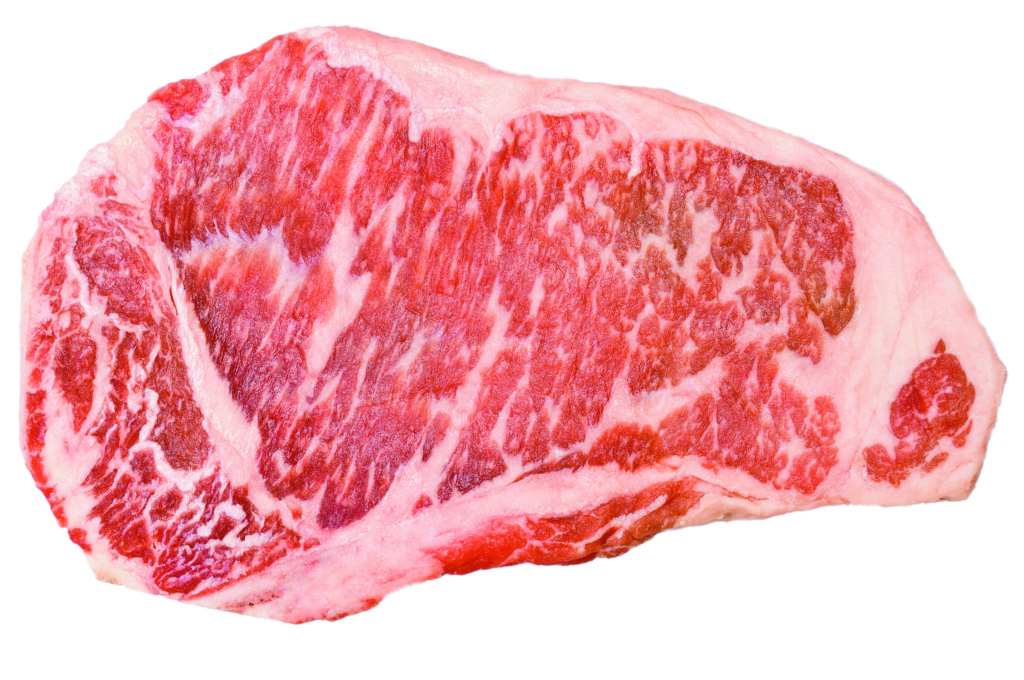
Lobel’s Quality Standards
The Lobel family has built a long-standing reputation for providing only the finest beef that money can buy: USDA Prime. From the limited 2% supply of Prime-graded beef, the Lobels choose only the top 2% of that category.
It is that narrow 2%-of-2% standard that is at the core of every piece of beef the Lobel family sells. You simply cannot choose better beef.
That is why you will see many raw photographs of Lobel’s beef on Lobels.com. The quality is right before your eyes. After a piece of beef is cooked, you can’t tell visually what grade or quality it is.
The Lobels add further value by dry-aging beef for up to 6 weeks to concentrate the rich flavor and maximize tenderness—aged to perfection.
The Other Grades
The other 2 consumer grades are Choice and Select.
According to the USDA, Choice-graded beef has “moderate marbling” density and the category is also divided into High, Mid, and Low. Generally, Choice-graded beef is not dry-aged because it lacks sufficient marbling and exterior fat cover. If Choice beef is dry-aged at all, it would be for only a couple of weeks.
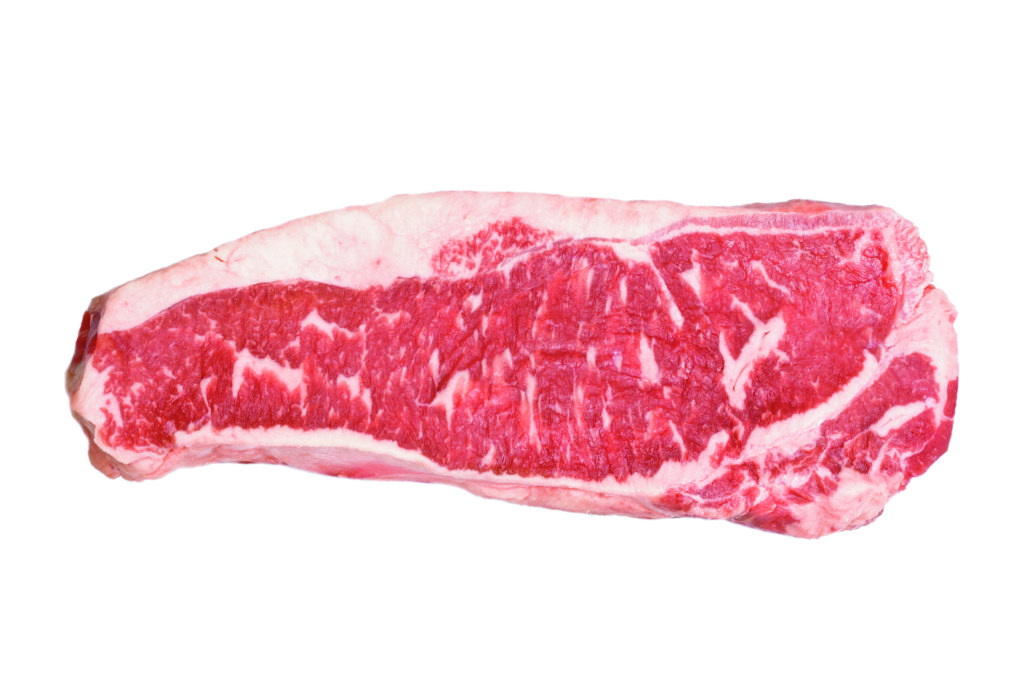
The taste experience between Prime and Choice beef will be very different. Choice beef will not be as rich in flavor, will be less tender, and will not have comparable juiciness.
The Select grade, divided into Low and High categories, has what USDA specifies as “slight marbling.” When you look at Select-graded beef, you’ll have to look hard to find any marbling at all. Therefore, when you bite into Select-graded beef, it will be chewier, will not be as juicy, and will not have as much flavor as the higher grades. Select beef is best marinated to add flavor and juiciness, as well as helping to tenderize it at the same time.
NOTE: Speaking of marinating, you should never marinate Prime-graded beef—it doesn’t need it. In fact, marinating is likely to destroy Prime beef’s fine texture.
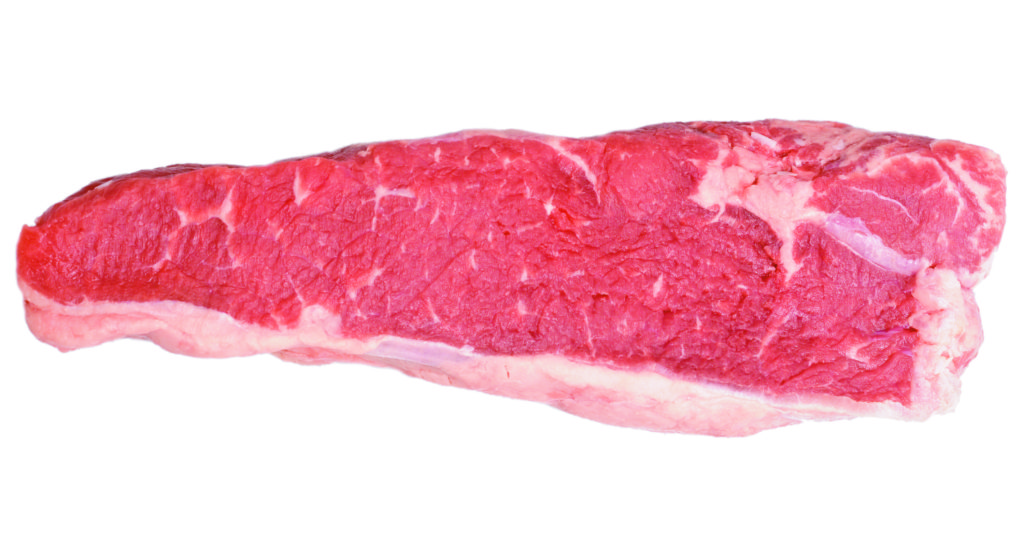
Combined, Choice and Select represent about 80% of all beef produced in the U.S. These are the grades most commonly found in supermarket meat cases. And, in supermarket packaging, the grade of beef isn’t always identified. So one way a consumer can tell Choice from Select is to make their own visual assessment, based on their understanding of marbling density—the more, the better.
This is especially important when beef goes on sale at your local market or butcher shop. While a market may carry Choice beef most of the time, they may substitute Select beef to hit a lower price point for the purposes of a sale. If in doubt, ask the meat counter staff or the butcher about what grade of beef they are selling.
Unfortunately, some people will dismiss a piece of beef that is highly marbled as being too fatty. What they are forgetting is that fat equals flavor and ensures a more fulfilling eating experience.
Grading Beef is Not Mandatory
The USDA grading system is voluntary, so not all beef in the marketplace is graded, particularly cattle from small family-run farms, such as beef raised by all-natural and organic protocols.
Beef that has been grass-fed rarely grades higher than Choice, and a lot of times grades to only Select.
That makes it even more important for the consumer to be knowledgeable enough to identify on-sight the relative quality of a piece of beef.
How Do They Measure?
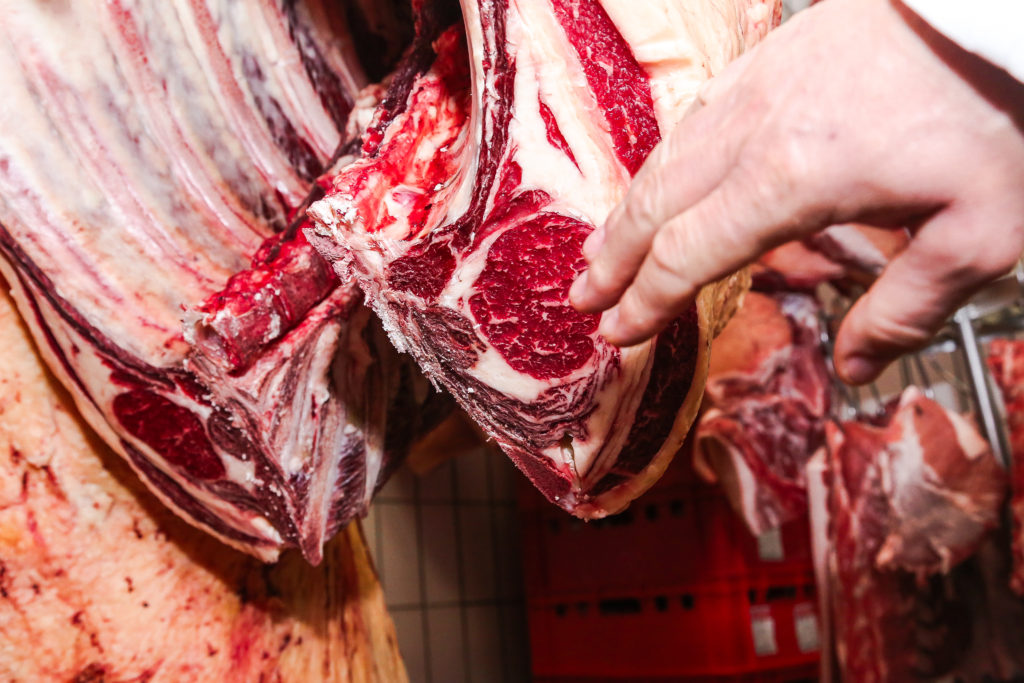
The USDA determines marbling density by cutting into the beef carcass at the 13th rib and measuring the amount of intramuscular fat. In time gone by, the density measurement was totally dependent on the observational and evaluative skills of the USDA inspector doing the grading. Today, laser technology is used to get exact and consistent grading scores.
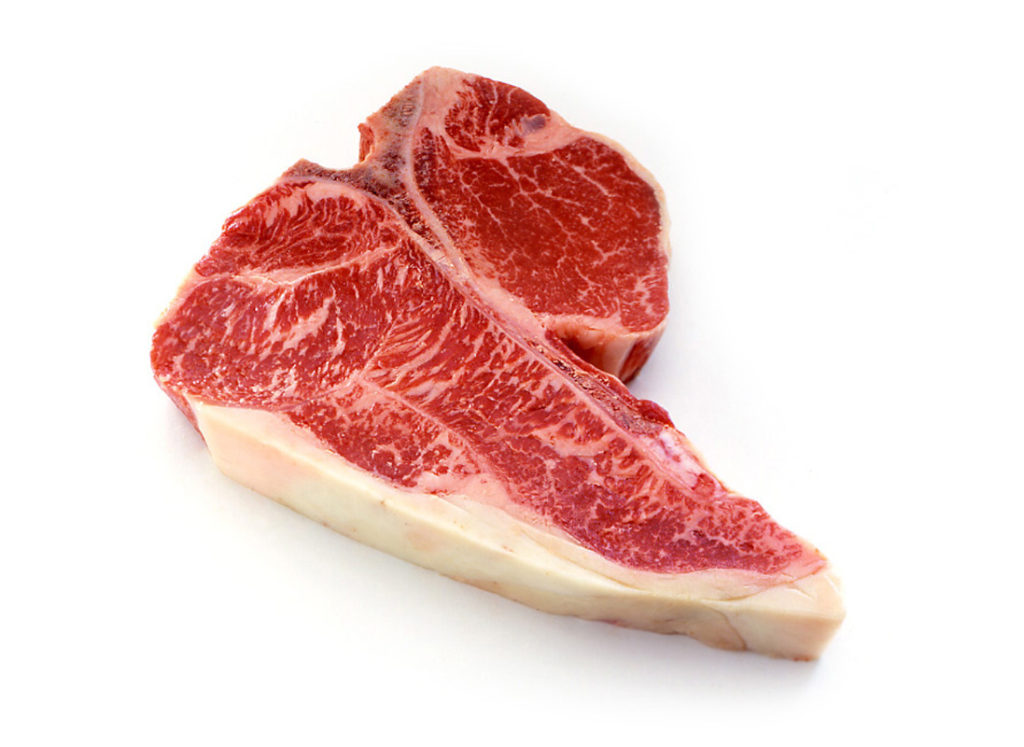
Wagyu beef is also graded but by a 12-point Japanese system of marbling scores.
On this scale, USDA Prime beef would have an equivalent marbling score of 6-7. Wagyu beef is naturally more marbled even than Prime. The Lobel’s standard for Wagyu is a marbling score of 9+.
Putting the Knowledge to Use
Armed with this knowledge, finding a delicious piece of beef need not be a matter of chance. Your own powers of observation, identification, and comparison enable you to determine the quality of the meat you purchase.
Until now, what method have you used to choose which beef to buy? Have you thought of intramuscular fat/marbling as an asset to your taste experience or a defect? Try a taste test to experience the differences yourself.



Leave Your Response